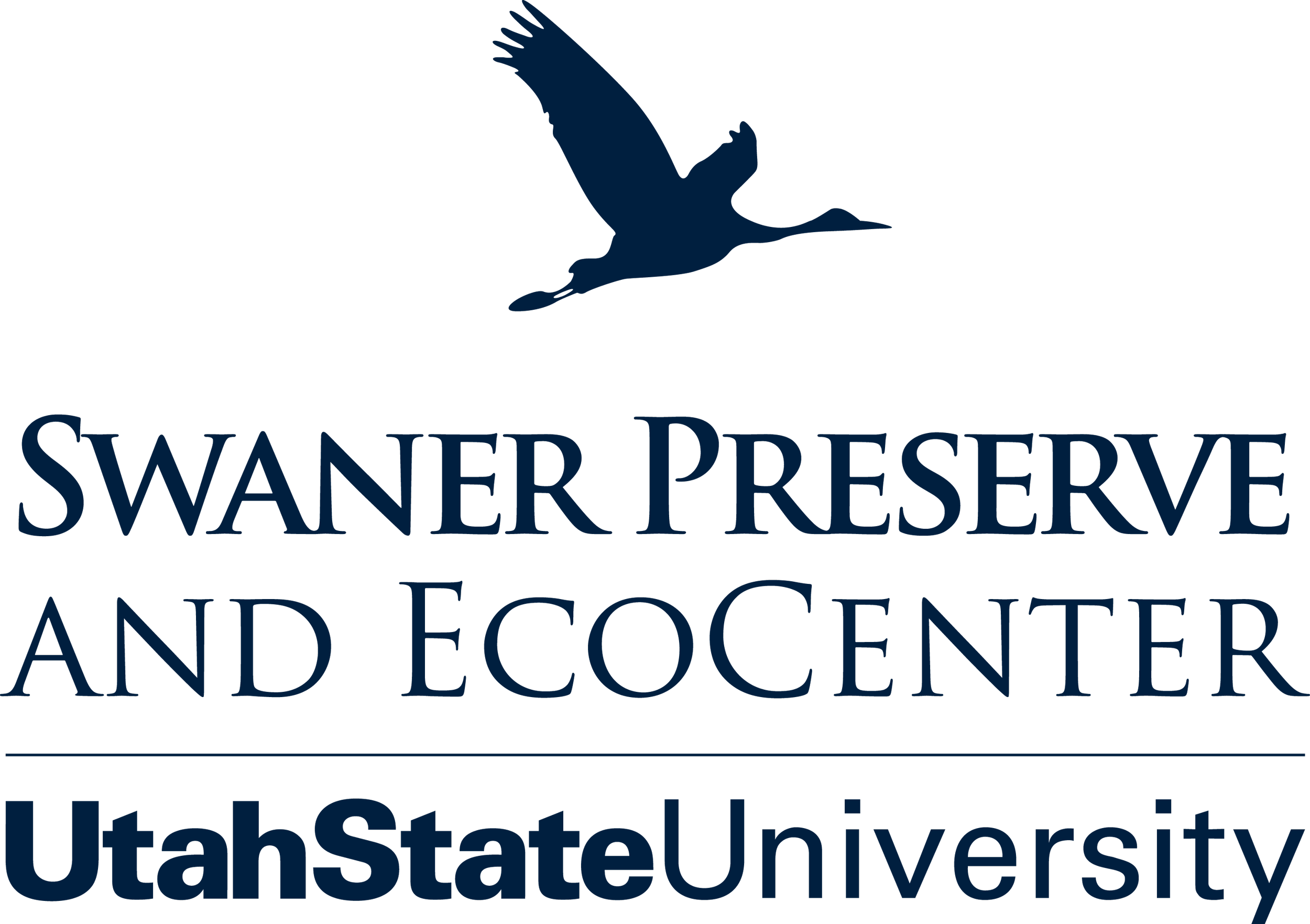Springtime Is Planting Season!
On Earth Day, April 22, we're getting outside and planting pollinator-friendly, native plants along Yellow Fork Creek. These plants create habitat for birds and other wildlife that depend on healthy streams—and you can make that happen!
Sign up and join us at Yellow Fork Trailhead in Herriman, UT at 9am on April 22 for a day of planting that will last until 3pm.
What to bring: Plenty of water, snacks & lunch, work gloves, sun protection. We have some work gloves, and will provide all equipment needed for the plantings.
What to wear: Dress in layers and bring clothing appropriate for variable weather conditions (rain and snow are still possible at this site in April).
Accessibility: This event involves walking up to 1 mile along a trail and over uneven ground to planting sites, carrying plants weighting 5-25lbs, and using a shovel.
Watching the river flow
Highlighting our partner, Swaner Preserve & EcoCenter
The photos above are a timelapse of East Canyon Creek and an ongoing stream restoration project at the Swaner Preserve & EcoCenter. Watch the beaver dam analogues you installed help maintain a healthy streamflow year-round!
If you'd like to learn more about these projects, and the species they support, check out these events hosted by Swaner Preserve & EcoCenter:
An Earth Day Cleanup event on April 23.
A Tree Planting on April 30.
Park City Green Drinks, an event co-hosted with Recycle Utah to talk about water quality and quantity in Utah on May 10.
Restoring an urban oasis for wildlife in Salt Lake City
In March, we began a pilot stream restoration project in Parley's Historic Nature Park. The park is one of the best off-leash dog parks in Salt Lake, is home to several historical markers, and is a haven for native fish, birds and pollinators within city limits.
Check out the photos below to see that work as it happened, and stay tuned for opportunities to get involved in the fall!
Photo Credit: Adam Culbertson
Sageland Collaborative staff and partners from Salt Lake City Parks & Natural Lands and Utah’s Division of Wildlife Resources. This project was funded in part by Utah's Watershed Restoration Initiative. Photo Credits: Rose Smith
Why wait until fall to build BDAs?
As the weather warms up, we're all itching to get back into the streams and enjoy the process of building beaver dam analogues. However, we have to constrain our BDA building activities to late summer/early fall, and we wanted to tell you why.
Migratory bird nesting season in Utah runs from January to August, with peak nesting season between April and July. During that time, it's important to do as little disruptive work as possible in places these birds might be nesting. We purposely plan around this, and work to avoid causing any harm to migratory birds in our efforts to restore streams and riparian areas around Utah.
If you're curious about how work like our stream restoration project relates to migratory birds, this PDF brochure put together by Great Salt Lake Audubon, Tracey Aviary, U.S. Fish and Wildlife, and Utah Department of Wildlife Resources can tell you more:
In the meantime, get involved in our other projects!
Two of our other projects are currently in full swing. Plants and Pollinators and Wasatch Wildlife Watch are community science projects where you can be involved in surveying species and gathering data to help protect wildlife in our beautiful backyard. Find out more about each project below:
Don't forget about Utah Water Watch
Volunteering with our friends at Utah Water Watch (UWW), a program of Utah State University, is a great way to volunteer and spend time working towards healthier, happier streams across the state.
UWW is a water quality monitoring program, which means that people like you can collect data that will be used by local, state, and federal authorities to protect and preserve our watersheds. We monitor with UWW at many of our restoration sites, but you can gather data almost anywhere!
These projects are possible through collaboration with many partners:
















